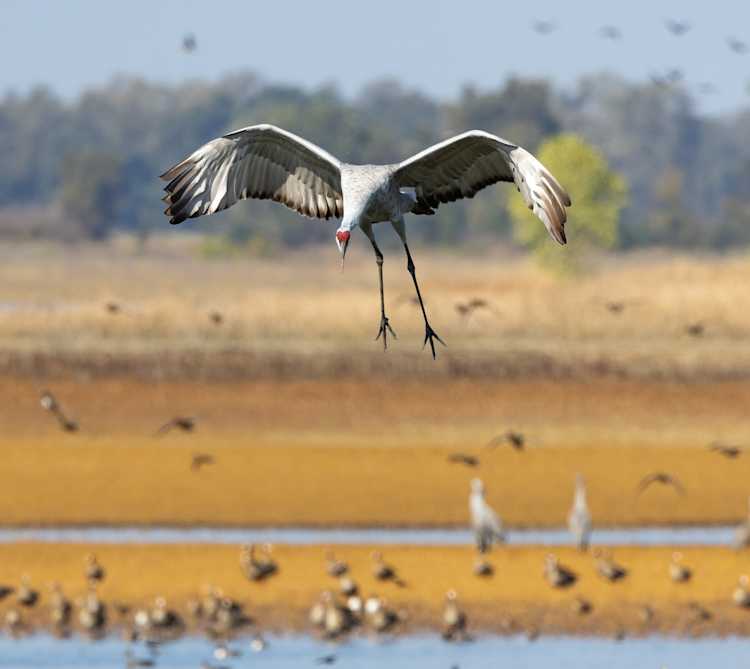The Pacific Flyway
Garrett Shackelford

The Pacific flyway is one of four major migratory bird flyways in North America, extending from Alaska and Canada down the west coast of North America to Mexico and Central America. This flyway is home to a diverse range of waterfowl species, including ducks, geese, swans, and sandhill cranes.
One of the most common duck species found in the Pacific flyway is the mallard, a medium-sized duck with a green head, a white ring around its neck, and a chestnut-colored breast. Other common duck species in this flyway include the green-winged teal, the northern pintail, and the wigeon.
Geese are also common in the Pacific flyway, with the Canada goose being one of the most widely-recognized species. This large, distinctive bird has a black head and neck, a white chinstrap, and a brown body with a white belly. Other common goose species in the Pacific flyway include the snow goose, the Ross's goose, and the white-fronted goose.
Swans are another type of waterfowl found in the Pacific flyway, with the trumpeter swan being the largest and most common species in North America. This majestic bird has a long, curved neck and a pure white plumage. Other swan species found in the Pacific flyway include the tundra swan and the whooping swan.
Sandhill cranes are also a common sight in the Pacific flyway, with their distinctive calls and long legs being a familiar sight and sound to many people in the region. These large, gray birds are often found in wetlands and grasslands, and are known for their elaborate courtship displays.
When it comes to hunting waterfowl in the Pacific flyway, tactics can vary depending on the species being hunted and the region. However, some common tactics include setting up decoys and using calls to attract the birds, as well as using blinds and stands to hide the hunter from the birds. The weather can also play a role in hunting tactics, with wind, rain, and cloud cover all affecting the behavior of the birds and the visibility of the hunter. For example, windy conditions can make it difficult for the birds to hear the hunter's calls, while heavy rain can make it difficult for the hunter to see the birds. Overall, hunting waterfowl in the Pacific flyway requires a combination of tactics and the ability to adapt to changing weather conditions.
More
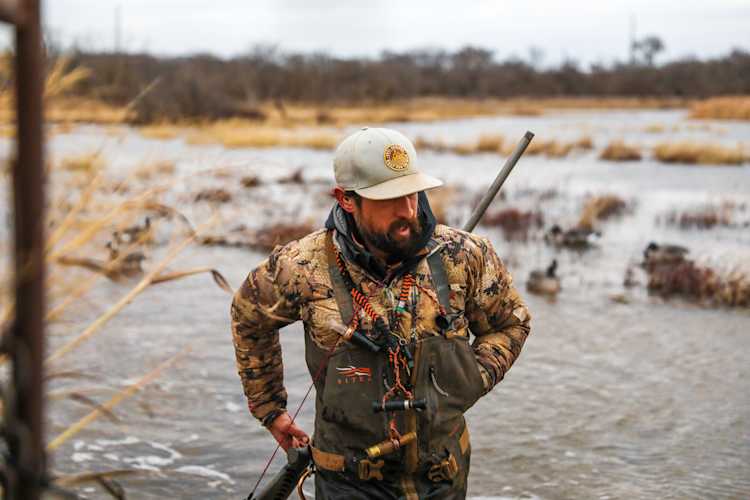
Layering for Comfort: What to Wear While Hunting Waterfowl in Fall
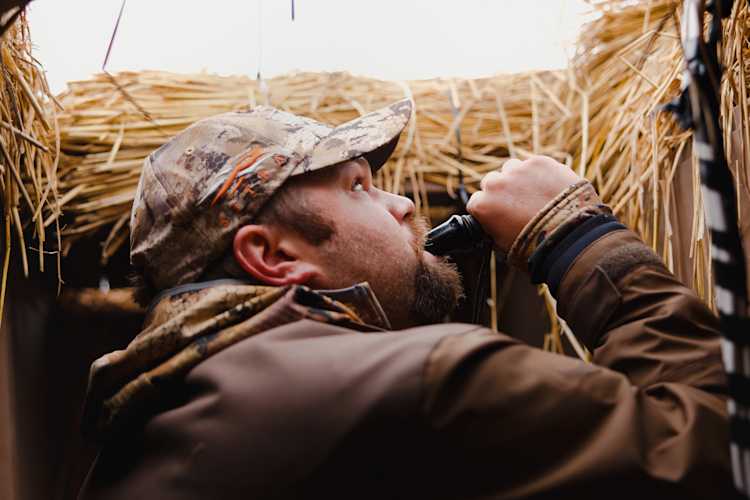
The Art of Calling: Tips and Techniques for Successful Waterfowl Calls
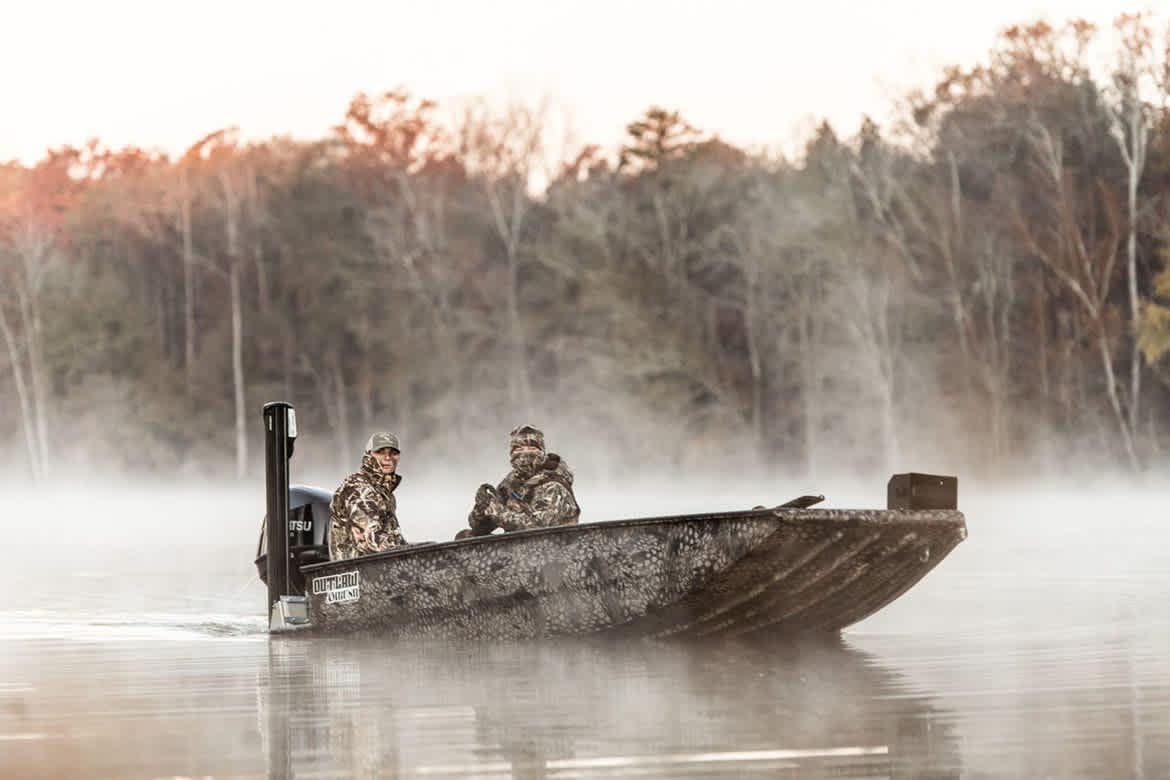
Client Experience in the Field: Best Practices for Waterfowl Outfitters

Decoy Strategies for Fall Waterfowl Hunting: What Works Best for Each Species
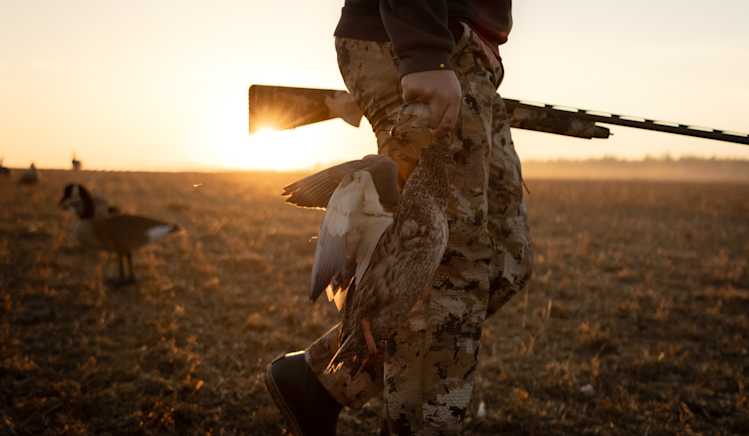
The Ultimate Guide to Fall Waterfowl Hunting: Key Tips, Techniques, and Best Practices
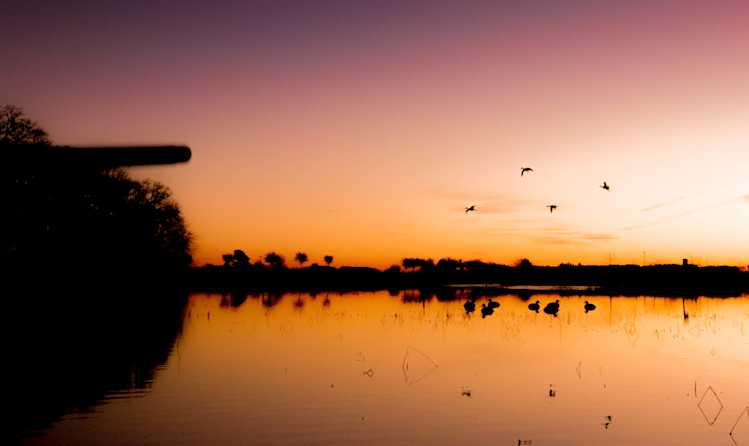
Top 10 States for Amazing Waterfowl Hunting in November: Find Your Perfect Spot
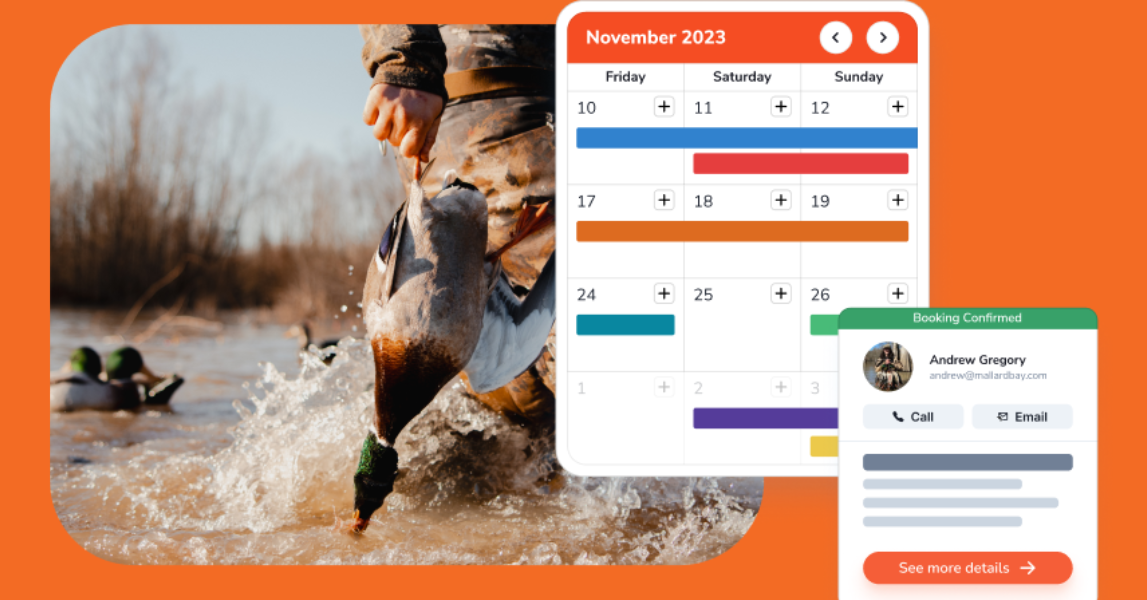
Peak Season Success: Essential Strategies for Waterfowl Outfitters to Maximize Business

The Art and Science of Duck Banding: A Conservation Odyssey with Mallard Bay
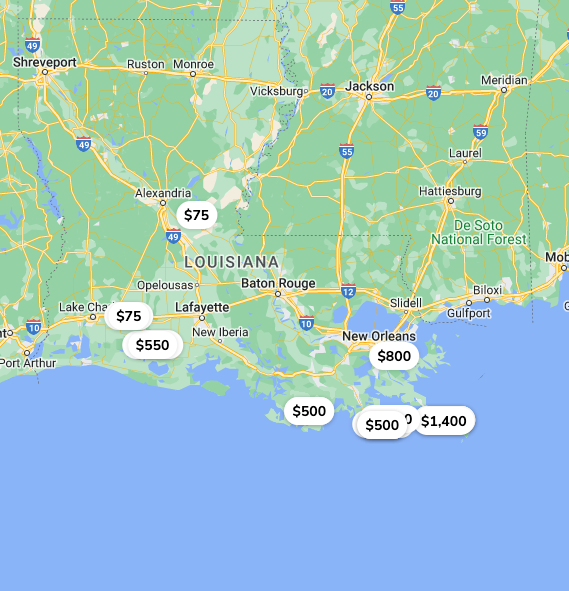
How To Book a Hunting Trip

Axis Jerky Tacos
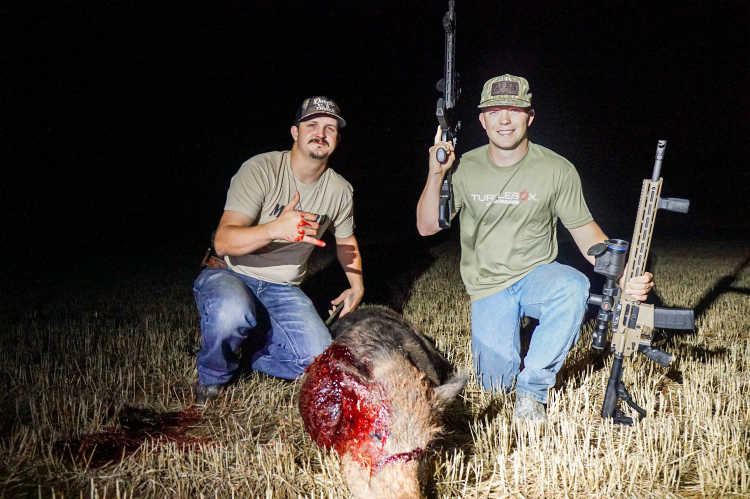
Experience Thermal Hog Hunting with Dirty Texas Outfitters

6 Tips on Planning a Guided Hunting Trip

Bourbon Spatchcock Turkey
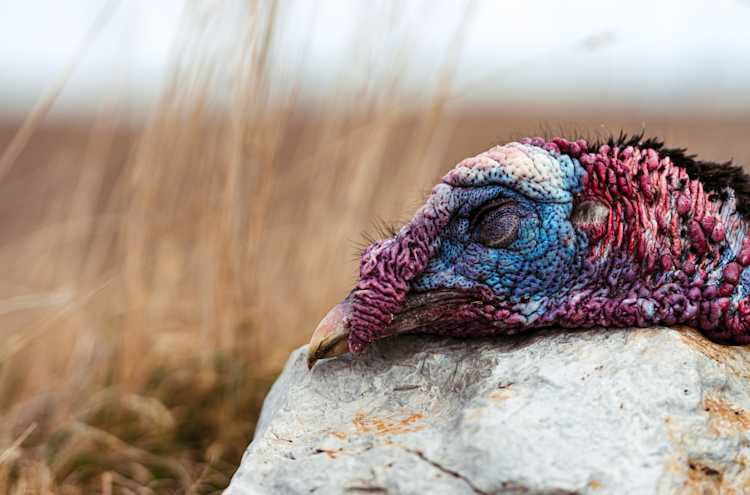
Turkey Calling Tips
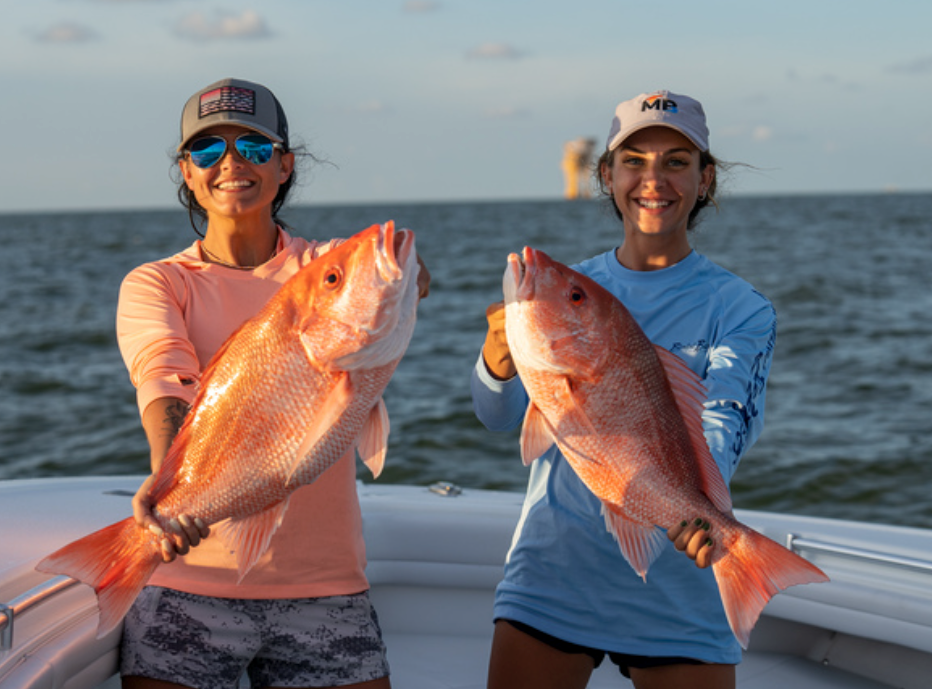
Louisiana Sportfishing - An Angler’s Paradise 2023

Waterfowl Hunting in Canada: What American Hunters Need to Know
Where to find Guided Sandhill Crane Hunts

Revolutionize Your Outdoor Business with Mallard Bay's GuideTech Software

Lodge Management - Enhance the Experience
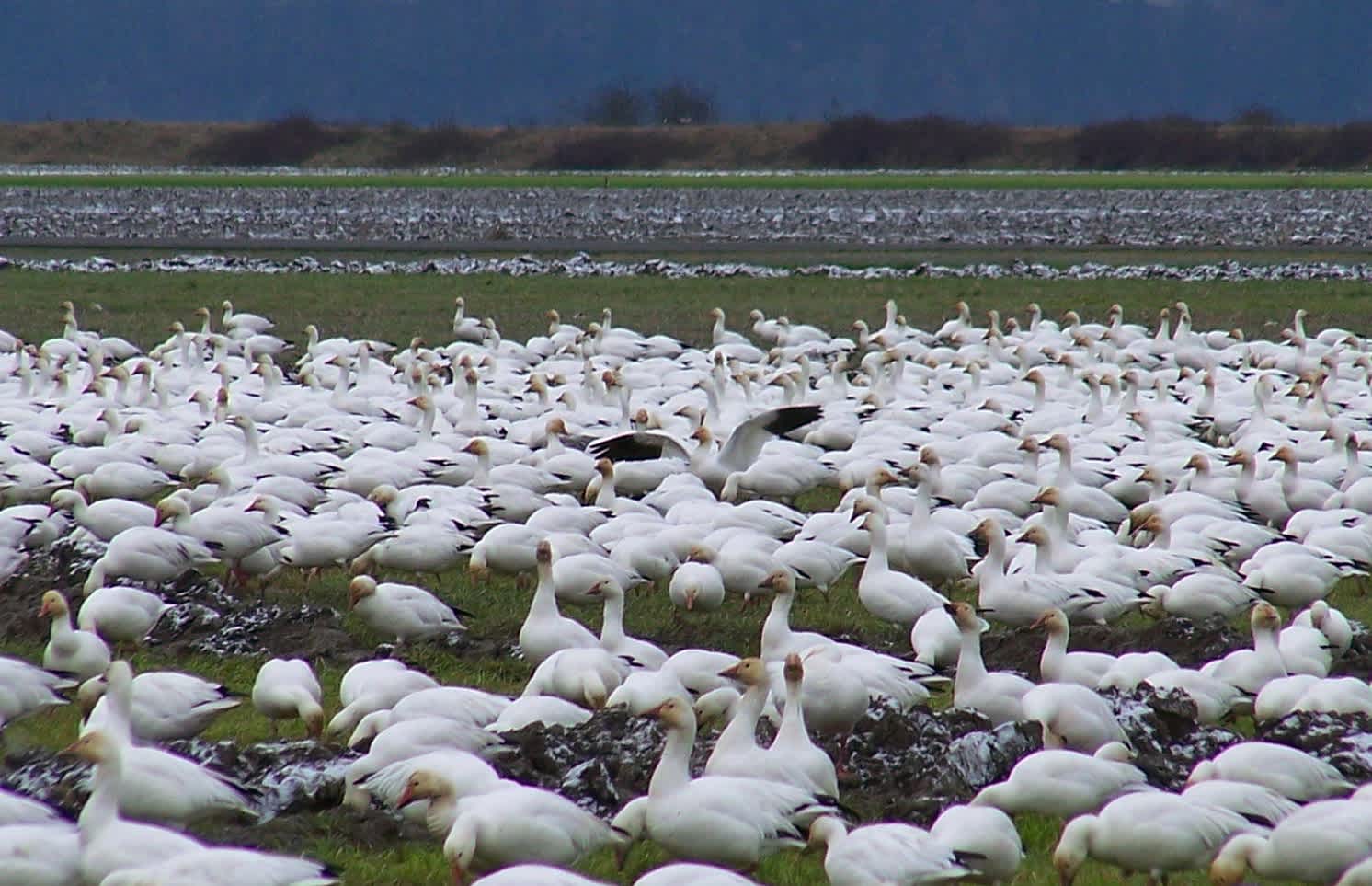
Snow Goose Pastrami Recipe
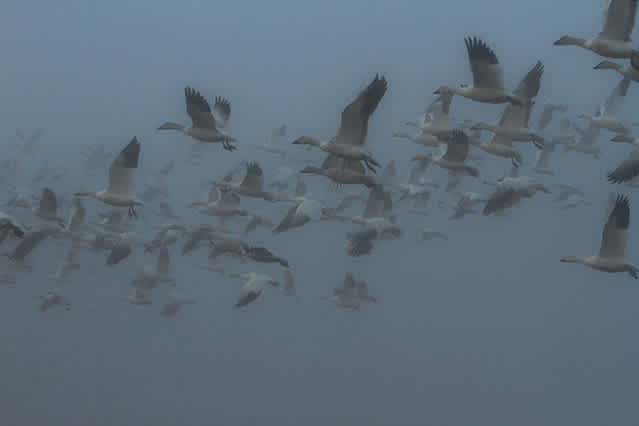
Snow Goose Chili
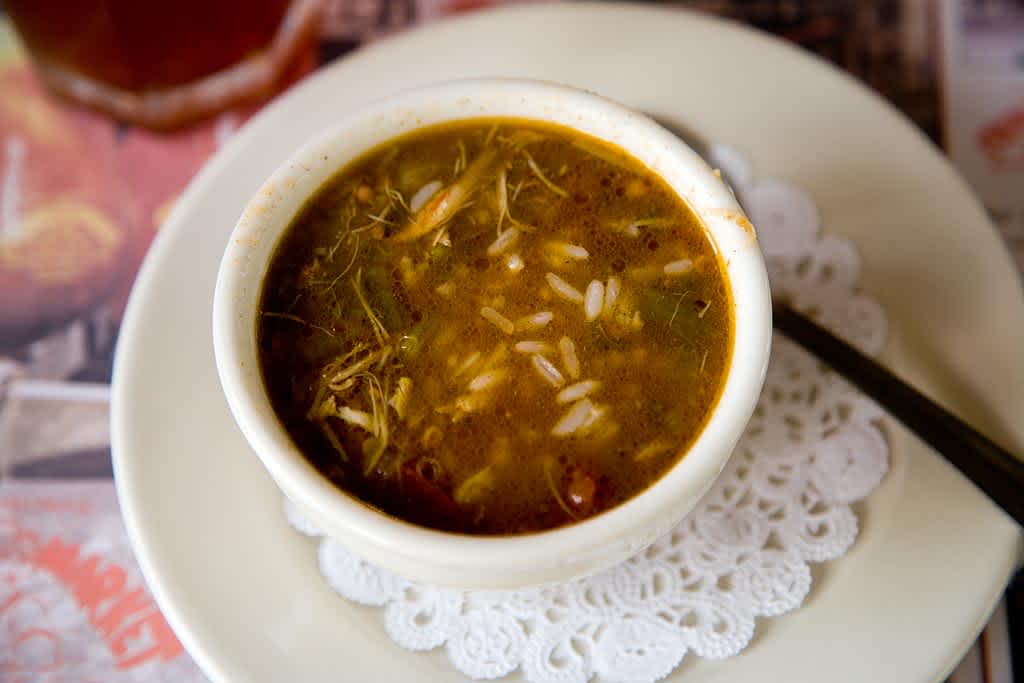
Snow Goose Gumbo Recipe - A Cajun Tradition
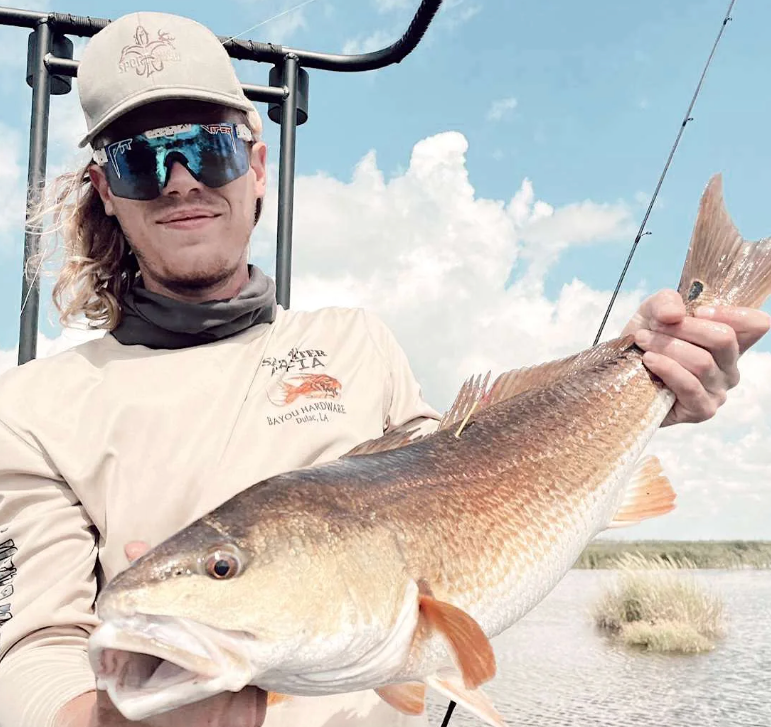
Sight Fishing Louisiana
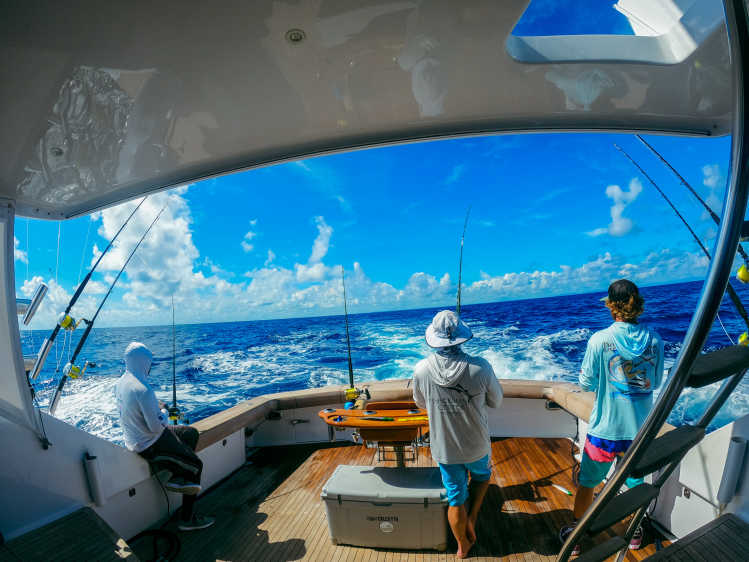
How to find the right Texas Guided Fishing Charters
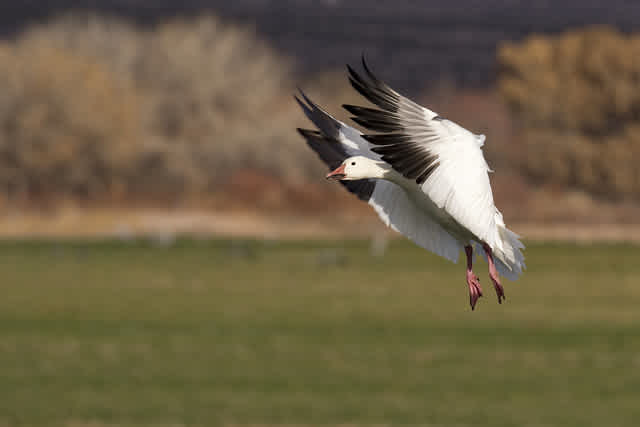
Steak House Snow Goose Recipe
